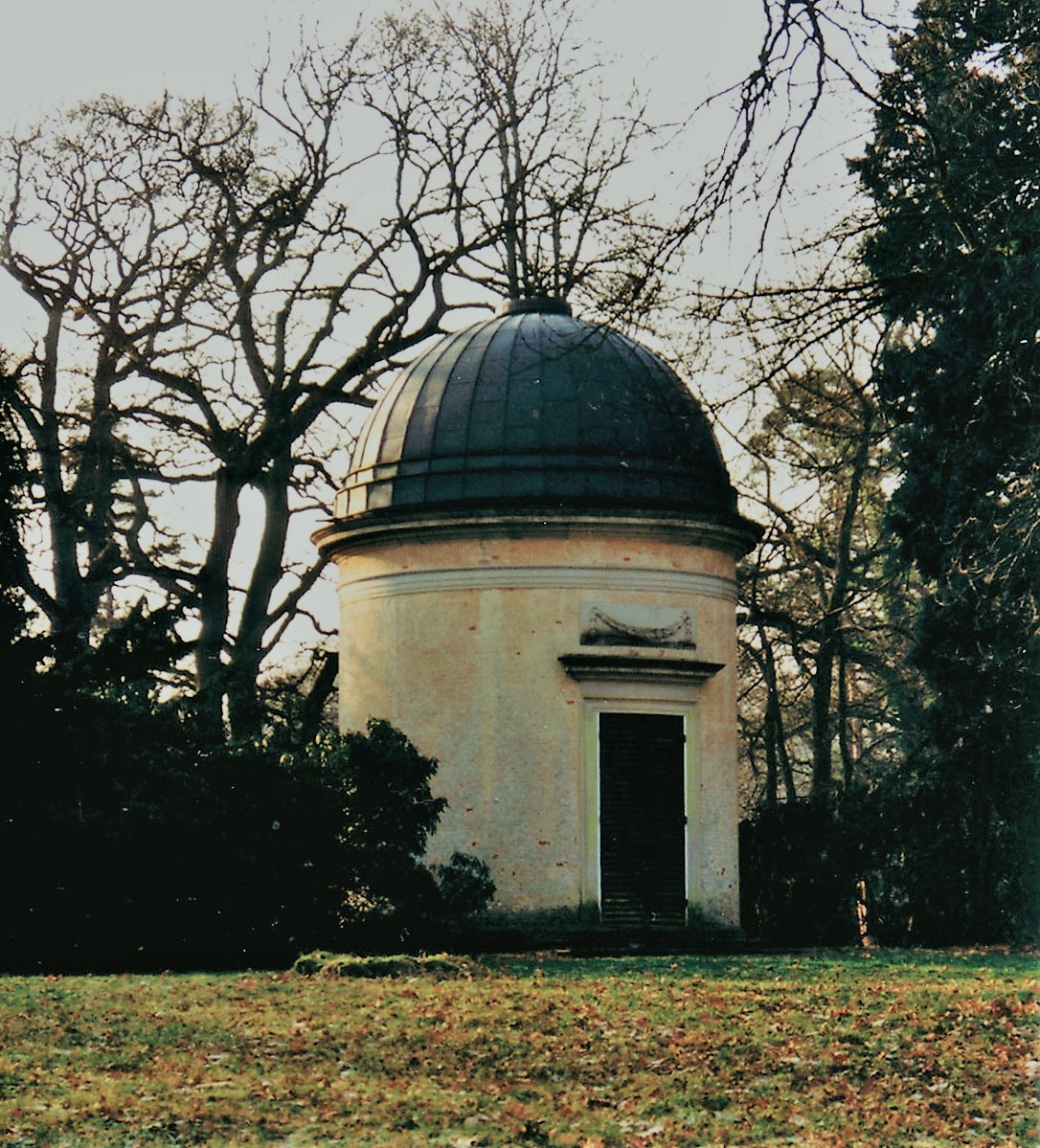In contrast to the "palace park", the "palace garden" refers to the closer surroundings of the palace building, which is still in private use by the ducal family today. In a sense, this "garden" forms the core of the entire Rastede park landscape.
The buildings and grounds of the important Rastede Benedictine monastery, which had been the house monastery and burial place of the Oldenburg counts throughout the Middle Ages, were once located on this site. Long after the dissolution of the monastery, Count Anton Günther had the former abbot's house converted into a pleasure and hunting lodge in the 17th century. In the 18th century, the successor owner, Justice Councillor von Römer, had a baroque garden created on the grounds and removed the last structural remains of the monastery.
After the acquisition of the Roman estate by the new Oldenburg ducal family, the garden was redesigned in the style of an English landscape garden. According to the fashion of the time, decorative elements such as grottos, ruins and antique-looking temples were part of such a scenic garden. Such a decorative element can be seen here behind the rhododendron hedge, the so-called "Temple of Venus".
In the 1790s, this classical round building was built by Duke Peter Friedrich Ludwig as a tea pavilion. On one side, the view from here could sweep from St Ulrich's Church across the Ellern lowlands - and later the Ellern pond - to the water mill. The ducal animal enclosure bordered on the other side, so the game could also be observed from here.
It was not until 1854 that the interior of the pavilion was adorned with a marble statue made by the sculptor Eduard Mayer in Rome. It is a life-size representation of the Roman goddess Venus, who became the patron saint of the pavilion when she moved in. Grand Duke Nikolaus Friedrich Peter, an avowed lover of classical antiquity, brought the statue as a pretty souvenir from one of his numerous visits to Italy.
